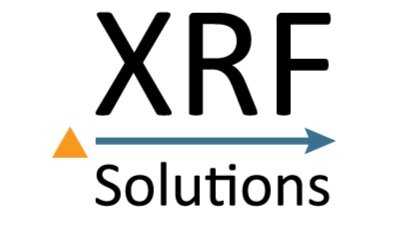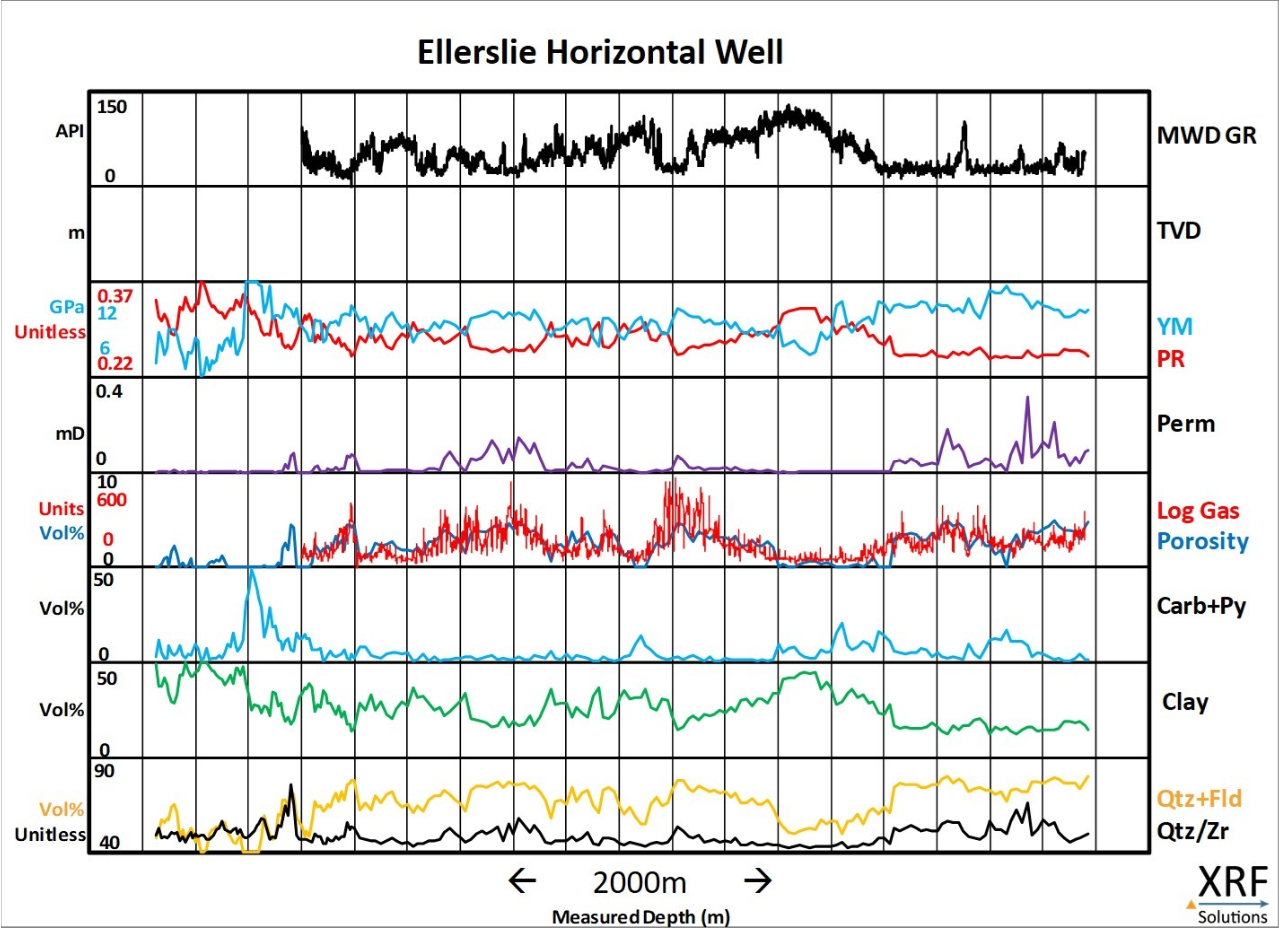XRF Applications in the Ellerslie Formation
Horizontal wells drilled in conventional sand/shale reservoirs often have highly variable production, drill rates, and/or completion outcomes that are controlled by changing mineralogy and reservoir properties. These data can be difficult and expensive to attain in core and nearly impossible to acquire from a horizontal well; however they are crucial to increasing production while reducing drilling and completion expenses. This XRF core and horizontal well study from the Ellerslie Formation demonstrates how the technology can be used to quickly and inexpensively develop key reservoir data at high resolution from elemental composition. XRF modeled properties of interest are bulk and clay mineralogy, chert content, particle size distribution, porosity, permeability, and mechanical properties.
XRF Applications in an Oil Sands Mine
The ability to analyze slabbed oil sands cores directly using portable XRF instruments can eliminate the need to extract bitumen from the sample prior to analysis. This allows for rapid, non-destructive data collection with minimal sample preparation. As a result, a large amount of data can be obtained at low cost in a few days. XRF elemental data can be modelled to derive mineralogy and reservoir properties that are comparable to results achieved through conventional lab techniques. This XRF study on two cores from an oil sands mine will demonstrate how the technology can be used to provide a high-resolution dataset for mineralogy (including clays), reservoir properties, sand/sand contacts and stratigraphic correlation.



